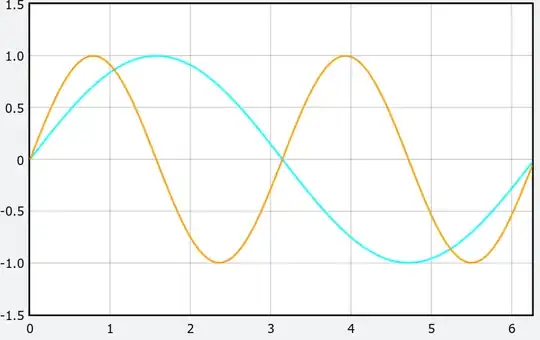So, I was talking about Tsunamis with friends and as I started looking into it, I learned about the phenomena of shoaling. As water begins moving from deep areas into shallow areas, the waves increase in height until they crash or break onto shore. Can anyone help explain why this happens physically (without equations). I understand the equations that explain why it happens- $v = f \cdot\lambda$ (speed = frequency x wavelength). Since the frequency doesn't change, as the waves get slower in shallower water, the wavelength must also decrease. I guess I don't understand why this translates into a physically taller wave (higher amplitude); why don't the waves just kind of pass over each other. What causes them to (compress?) and increase in size. Can anyone explain the physics behind this specifically?
2 Answers
The wave is a series of crests and troughs. The crest is a region where water is above the mean level.
As the wave nears shore, the leading edge of a crest slows down, allowing the trailing edge (and the crests and troughs behind) to catch up. The length of the crest shrinks, but it contains the same amount of water. The water has to pile up higher.
The trailing edge of the crest cannot pass the leading edge because it reaches shallow water and slows down too.
It is the same for the following crests and troughs. Suppose the bottom got shallow in the middle of the ocean, not near shore. A wave in the shallow area would travel more slowly. Waves behind would get closer, and slow down as the entered the shallow area.
They arrive one per wave period. They don't travel as far in a period, so the distance between is smaller.
- 49,702
It sounds like you're asking for a way to think about it which makes sense. You don't disagree with the math, it just doesn't make sense.
You don't have a problem with the velocity of the waves slowing down. And you see that the frequency will be the same, so the wavelength must decrease. Your question is why the amplitude increases.
One alternative would be for the amplitude to stay the same with the waves closer together. Another would be for the waves to somehow roll over each other.
Consider the first possibility. Since it's water waves, the energy in the wave is the potential energy represented by water at a distance from the average water level. A wave with double the frequency and the same amplitude, has less energy. Right?
A simple bit of calculus, and we find they -- wait a minute, they have the same energy! WTF?
Oh! We're counting the energy in two wave crests compared to one. If you squeeze one crest-and-trough into half the space, of course the crest needs to be higher to get the same volume.
OK, the second possibility. The wave moves slower, so the wave crests roll over each other? I don't see how to imagine that. Some of the waves move slower and some don't, so the fast ones move past the slow ones? The waves don't slow down after all so they keep going at the same height? I don't see how to imagine it, so I don't know how to argue against it.
But I can see it the regular way. The wave slows down so it gets squeezed into a smaller volume. The same amount of water squeezed into a smaller space goes higher and lower.
- 3,146
